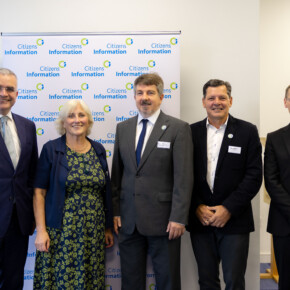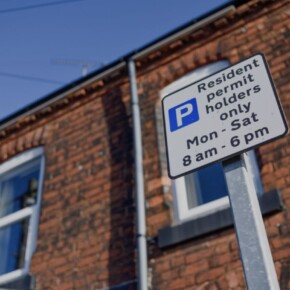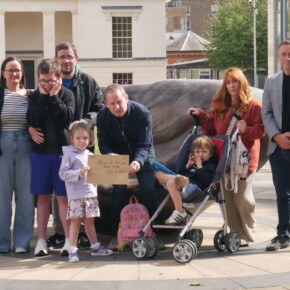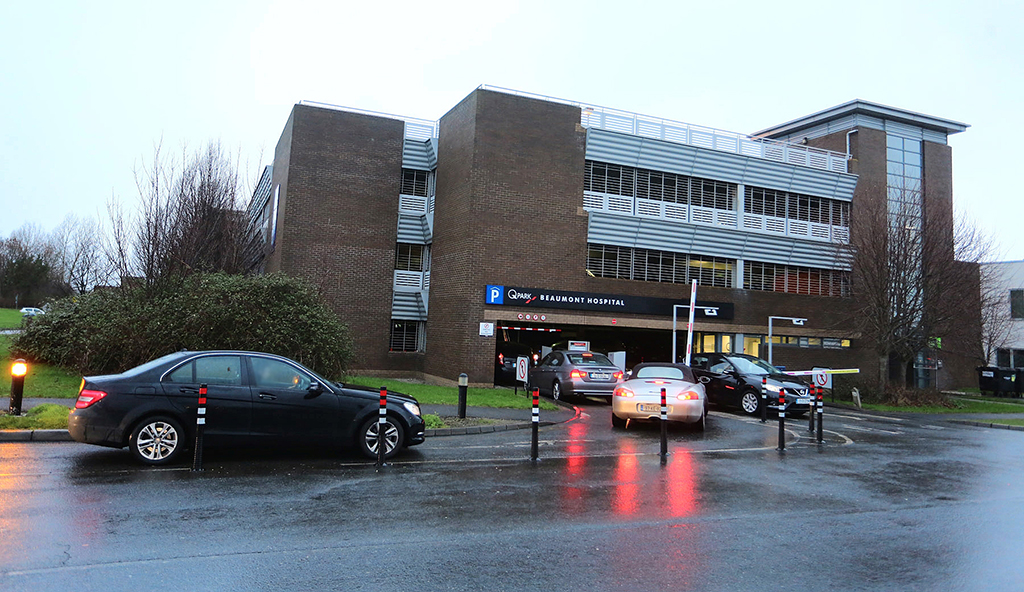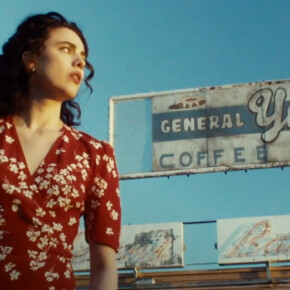Remembering pirates in Dublin
Dublin People 13 Mar 2015ON March 3 1766, four pirates were hanged in St Stephen’s Green following their convictions for murder and mutiny on the high seas.
The bodies of Peter McKinley, George Gidley, Richard St Quentin and Andreas Zekerman were first displayed near the Pigeon House in Ringsend, but following complaints from residents their remains were moved to the Muglins Lighthouse, a rocky outpost of Dalkey Island, where they were hung in irons as a warning against piracy.
The men had staged a bloody mutiny aboard
‘The Earl of Sandwich’, a ship under the command of Captain John Cochrane, sailing from Tenerife to England with a cargo of 250 sacks of Spanish gold.
The ship’s first mate was a man named Pinchent and the crew included the sailors Peter McKinley, Richard St Quentin and Andreas Zekerman, the cook George Gidley and a cabin boy, Benjamin Gillespie.
On that fateful voyage the crew were also joined by Captain Glass of the British Navy, his wife and daughter and their servant boy.
The journey to England was hard and the ship was blighted by storms. During the voyage McKinley, St Quentin, Zerkerman and Gidley hatched a plan to stage a mutiny to capture the gold.
As the ship passed the Waterford coast, the mutineers decided to act. McKinley and Gidley overpowered Captain Cochrane as he was on deck and threw him overboard.
Hearing the fight, Pinchent ran to help the captain, but St Quentin and Zeckerman intercepted him and quickly threw him overboard.
Captain Glass, the ship’s passenger, drew his sword, but the four men overpowered him and Glass, his wife and their daughter soon followed Cochrane and Pinchent into the sea.
The mutineers then loaded the cargo of gold aboard the ship’s lifeboat. They then sailed closer to the shore before opening the ballasts to scuttle the ship. Boarding the lifeboat, the pirates left Benjamin Gillespie the cabin boy, and Captain Glass’s servant boy behind.
As the pirates rowed ashore, the boys were forced to climb to the top of the mast and cling on for dear life.
Making good their getaway the four pirates passed Hook Head Lighthouse and Duncannon Fort before they came to a small sandy cove where they buried the 250 sacks of gold.
Taking as much of the loot as they could carry, the crew then made their way up river towards an area known as Fishertown.
Staying here overnight, the pirates aroused suspicion by paying an inn keeper in Spanish gold.
The next day the men went to New Ross, where they bought pistols, six horses and hired two guides to take them to Dublin.
Believing they had made good their escape, they planned to lie low before returning to collect the gold, but their luck was about to run out.
The wreck of the
‘Earl of Sandwich’ soon washed up on the Waterford coast. Word also began to reach police about a group of suspicious men who were throwing a lot of Spanish gold around New Ross.
The police realised that the shipwreck was the work of pirates and soon tracked down the guides who had led the men to the Black Bull Tavern on Thomas Street in Dublin.
Armed with this information, it wasn’t long before the police had apprehended all four pirates. But what happened to the gold?
According to some locals in County Wexford, the gold was never found and still lies buried where the pirates left it. Today the area where the gold is believed to have been buried is known as ‘Dollar Bay’.



